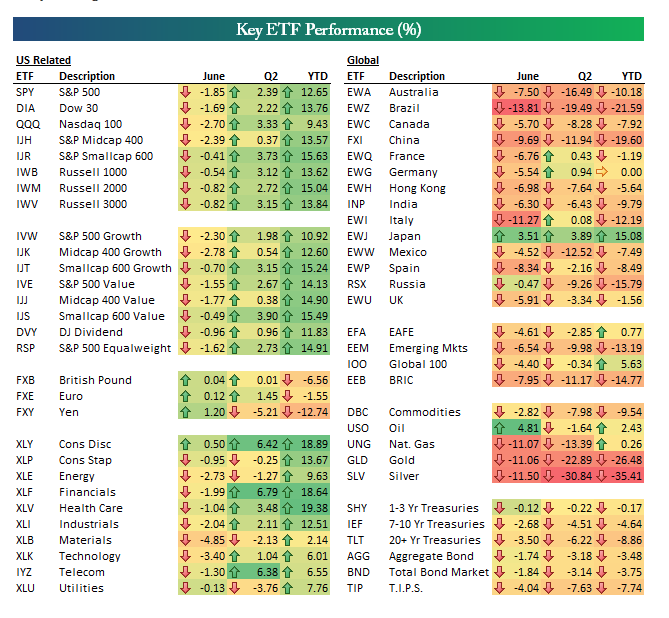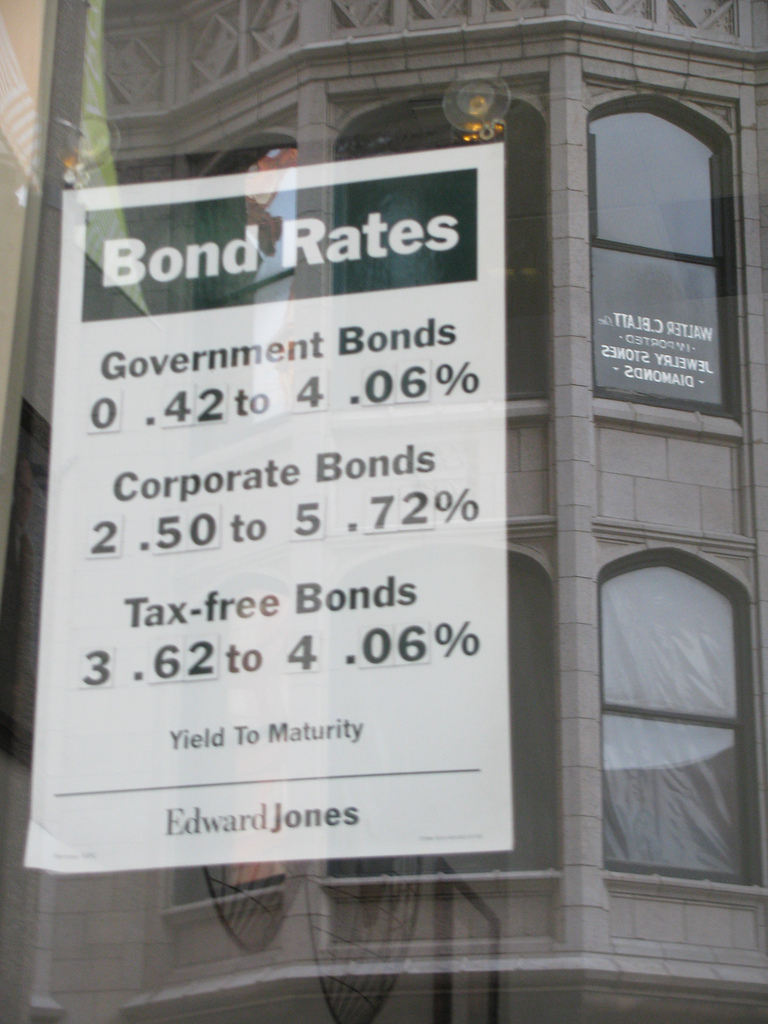Jeremy Schwartz, CFA, Director of Research, WisdomTree Asset Management
On a recent “Behind the Markets” podcast, we had a special edition that was broadcast live from the annual conference held by the Wharton Jacobs Levy Equity Management Center for Quantitative Financial Research in New York City. Our guests included Nobel Prize winner Robert Shiller, Harvard Business School professor Robin Greenwood, and Wharton professor Jeremy Siegel for the full hour.
Shiller and Siegel shared a stage at the conference to discuss research on cyclically adjusted price-to-earnings (CAPE) ratios and what they implied for forward market returns, and Greenwood discussed his research on bubbles both in general markets and the high-yield credit markets.

Shiller’s work on behavioral finance examines all types of psychological influences that affect “animal spirits.” Back before Trump was elected, when the market still looked at Trump as being a potential negative catalyst with associated rising levels of uncertainty, Shiller thought the markets would respond positively to Trump, and Siegel gave him credit for correctly calling that out ahead of time.
CAPE Crusader
Shiller described how he started looking at the CAPE ratio back with his graduate student and now Harvard professor John Campbell.
I asked Shiller to comment on Professor Siegel’s observation that the CAPE ratio suggested the market was overvalued almost the entirety of the last 30-years—except for a brief window in 2009.
Shiller answered that “one of the reasons value investing works is because it is hard and it could fail to work for longer periods of time than you’d ever think.”
Market Outlook
Siegel’s expected returns are 5.5% for the next 10 years, whereas some regressions show returns of 2.6% in some of our calculations.
Siegel said that with a dividend yield a little less than 2%, he’s expecting real earnings growth of 3.5% to get to that longer-term estimate of 5.5% returns.
We had a discussion about the total size of profit growth in the economy—which has to track real GDP and real corporate profits growth of 1% to 2%.
But because companies are conducting corporate buybacks, a reduction in shares can increase per-share earnings growth ahead of the natural rate of growth in the economy.
Trust
We had an interesting conversation on the importance of global companies and the earnings coming from abroad and whether Trump’s trade spats will lead to a boycott of U.S. goods overseas.
Professor Siegel emphasized how important U.S. brands were for foreign consumers in a number of emerging markets and that they instilled a level of trust that perhaps isn’t there for some of even China’s own brands.
Shiller commented that he sees a lack of trust and growth of conspiracy theories—and with a lack of trust in the media, that does not portend future strong economic growth to him.
Bubbles
Some of Greenwood’s recent research focuses on bubbles, and he thinks it is a taboo topic for academics—largely because it is easy to look in hindsight to identify bubbles but it is hard to do it ex ante (ahead of time).
On this topic, Greenwood highlighted parallels between the speculative frenzy of the internet boom and currently what is happening surrounding the blockchain.
Changing your name to include .com during the internet craze would help catapult a stock higher, and we’re now seeing that with blockchain.
There also is a lot of new issuance—from the internet.com and now initial currency offerings (ICOs), there is a lot of volume and a lot of media attention and the price action that was remarkably similar.
Credit Pricing
Greenwood also has done some research on the credit markets and how credit issuance ties to future expected returns for high-yield bonds.
One of the important indicators he follows is what percentage of all bond issuance is high credit quality bonds versus speculative-grade bonds.
He also talked about how much issuance is happening in the BBB space—which is the lowest quality of bonds in the investment grade but not in the junk category.
Greenwood calls this the tinderbox, and he wonders how close we are to the fire lighting—when we get a recession, there is a much higher BBB downgrade to the junk category.
Narrative Economics
Shiller gave a speech on narrative economics and how economists have avoided getting political when talking about narratives that drive people’s decisions. The current narrative is focused on Donald Trump—Shiller thinks he has successfully captured the narrative, whether you like him or not.
Shiller said narratives have always been driving markets—from the Roaring 1920s to the Great Depression to the Age of Communism, when people thought capitalism failed and there were many beggars on the street.
What are current narratives? Shiller described how one of the market narratives that has resurfaced is robots replacing jobs; while people don’t remember it, he said this discussion also happened during the Great Depression.
You can listen to the full conversation below.
Versions of this article first appeared on SeekingAlpha and the WisdomTree blog on September 18, 2018:
Photo Credit: Martin Thomas via Flickr Creative Commons
Disclosure: Certain of the information contained in this article is based upon forward-looking statements, information and opinions, including descriptions of anticipated market changes and expectations of future activity. WisdomTree believes that such statements, information, and opinions are based upon reasonable estimates and assumptions. However, forward-looking statements, information and opinions are inherently uncertain and actual events or results may differ materially from those reflected in the forward-looking statements. Therefore, undue reliance should not be placed on such forward-looking statements, information and opinions.
About the Author: Jeremy Schwartz, CFA, Director of Research, WisdomTree Asset Management is responsible for the WisdomTree equity index construction process and oversees research across the WisdomTree family. Prior to joining WisdomTree, Jeremy was Professor Jeremy Siegel’s head research assistant and helped with the research and writing of Stocks for the Long Run and The Future for Investors. He is also co-author of the Financial Analysts Journal paper “What Happened to the Original Stocks in the S&P 500?” Jeremy is a graduate of The Wharton School of the University of Pennsylvania and currently stays involved with Wharton by hosting the Wharton Business Radio program “Behind the Markets” on SiriusXM 111.



